About 4000 years ago
Yu , the leader of the Xia tribe, made great achievements in water control
thus obtained the throne
and passed on to his son Kai
The first hereditary dynasty in Chinese history was established

“Yu is the emperor, and the country is named “Xiahou”. At the beginning, Yu’s capital was Yangcheng, and later moved to Yangzhai. The establishment of the Xia Dynasty marked the beginning of the slave society in our country.”
in the historical books
Zhuanxu, Yu and other Chinese ancestors
both involve southwestern China
That area has six great rivers and their many tributaries
Geographical Plates
Minjiang River , Dadu River , Yalong River , Jinsha River , Lancang River , Nujiang River
side by side from north to south
Vertically cut out the north-south mountain range
▼ Jinsha River, pictured by member IceSoul

this unique geographic unit
has a very domineering name
——Hengduan Mountains
▼ Aerial photo of Hengduan Mountains, photo by photographer Hong Jinpeng

7 mountains and 6 rivers in the Hengduan Mountains
▼ Picture by “Self-driving Geography”

The Hengduan Mountains are located in the southeast of the Qinghai-Tibet Plateau
It “crosses” east-west traffic
But opened a channel in the north and south
▼ The location range of the Hengduan Mountains, pictured by “Self-Driving Geography”
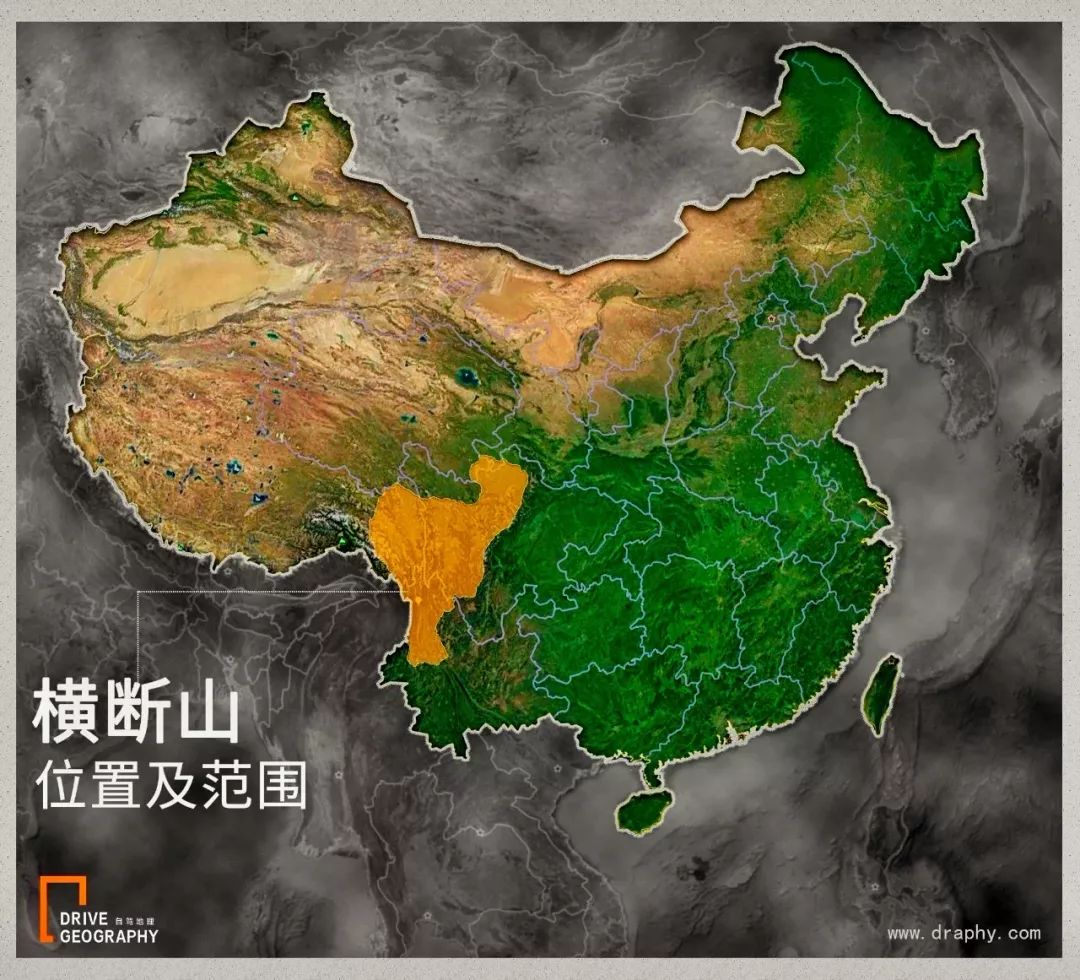
6000 years ago
An ancient group of people from the Neolithic period
Continuously moving south through the tunnel
In the subsequent differentiation and evolution of
Formed the current Tibetan , Yi , Nu and other ethnic groups
▼ Nu, picture by Zhao Lei from Beiping
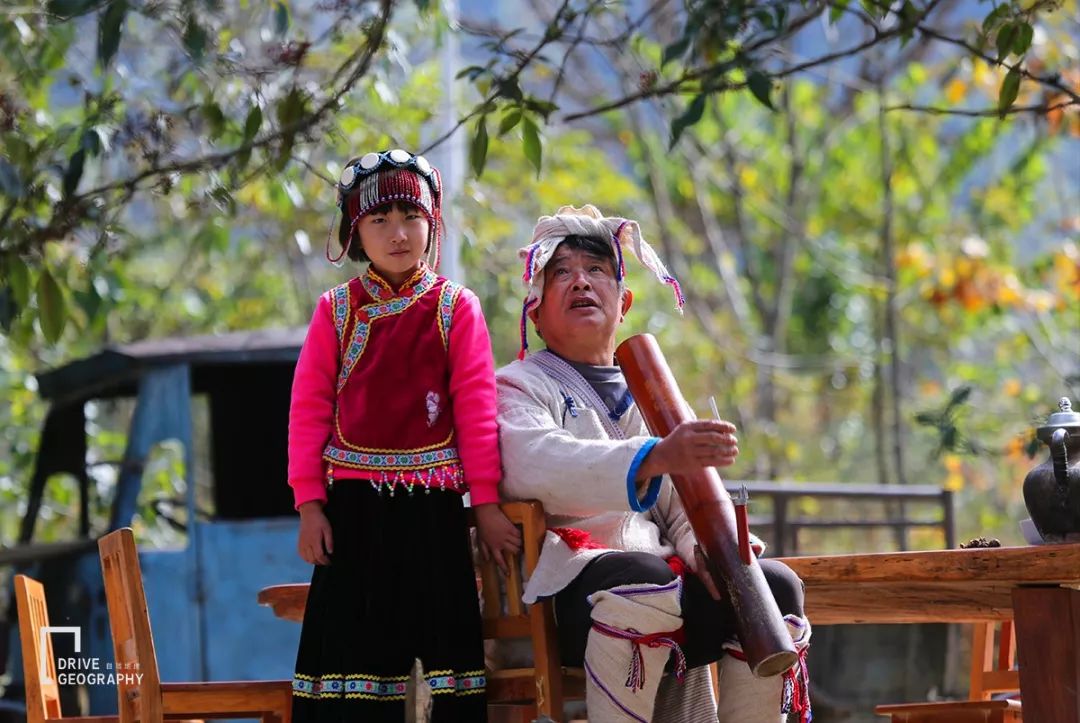
This tunnel is
Famous Chinese sociologist, anthropologist, ethnologist
Fei Xiaotong proposed in 1980
An ethnological concept that has attracted the attention of academic circles
——Tibetan – Yi Corridor
1
Mr. Fei Xiaotong
From the thought of “pattern of pluralistic unity of the Chinese nation”
three ethnic corridors
Nanling Corridor , Northwest Ethnic Corridor
and he thinks
The most distinctive and representative
Tibetan-Yi Corridor
▼ Mr. Fei Xiaotong

“We roughly draw a corridor to the north and south with Kangding as the center, and connect the difficult problems of language and history that have always existed in this corridor…”
this unique concept
It is the Hengduan Mountains collectively known in geography.
The Tibetan-Yi Corridor is roughly in such an area
Estimated against the ruler on the map
Roughly a line about 1200 kilometers long
A huge corridor about 750 kilometers wide
Why is it called this name?
Mr. Li Shaoming said:
“Most of the ethnic groups are Tibetan and Yi, so it is also called the ‘Tibetan-Yi Corridor'”
▼ Approximate scope of the Tibetan-Yi Corridor, pictured by “Self-Driving Geography”

it is not a
Pure Geographical Region Concept
It is also a regional transportation corridor connecting the north and the south of our country.
between different national cultures
A cultural corridor for mutual exchanges and blending
It can be said that it is a broad and systematic subject
(The editor thinks that this is enough to set it up as an independent course in colleges and universities)
This concept was introduced in the 1980s
but what happened here
ethnic migration, migration
It has long attracted the attention of senior scholars such as Zhang Taiyan
Briton HR Davies has a big brain hole
Describe western Yunnan as:
“The Chain Between India and the Yangtze River”
▼

History of the Tibetan-Yi Corridor
With its high mountains and valleys, ravines and ravines
The geographical environment is as unique and complex as
▼ Siguniang Mountain, picture by members decadent
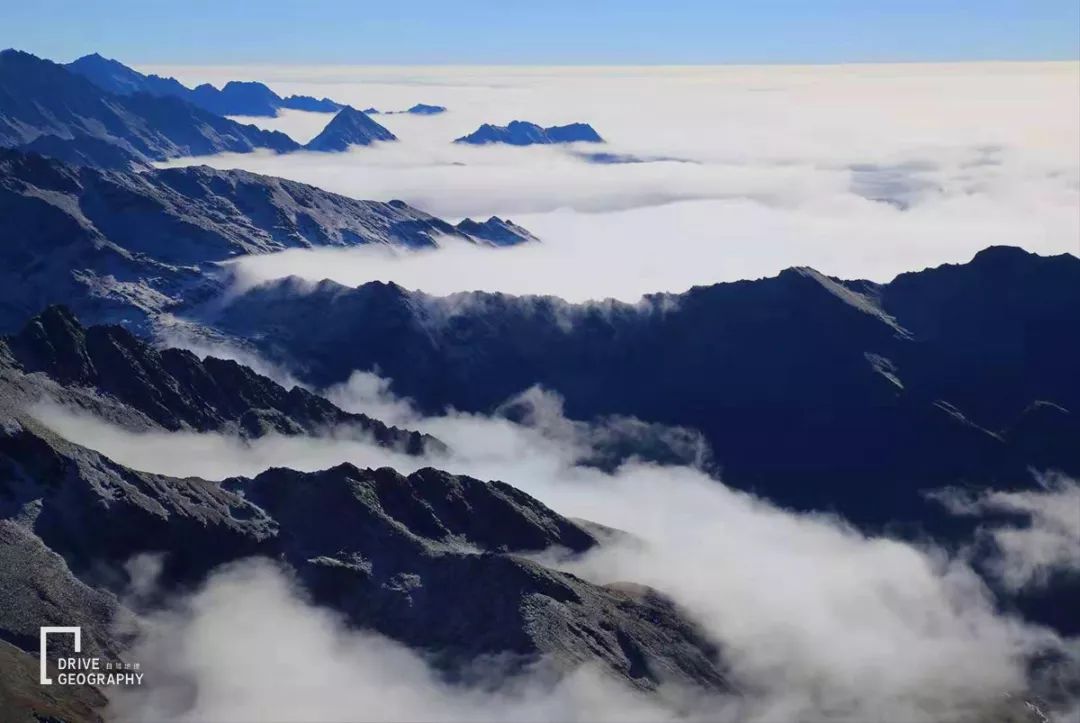
“Maternal Culture Belt” , “Pig Fat Culture Belt”
“Yak Culture Belt” , “Du Ben Culture Belt”
“Heavy House Culture Belt” , “Sarcophagus Burial Culture Belt”
and “Tibetan-Burman Multilingual Culture Belt”
Ethnologist Li Xingxing in his academic
“Historical and Cultural Characteristics of the Tibetan-Yi Corridor”
It can be summarized into these seven aspects
Identification of the Tibetan-Yi Corridor
There are still disagreements on the academic front
But today we don’t talk about learning
From the perspective of a self-driving traveler
Let’s talk about the Tibetan-Yi Corridor
2
Judging from the data of the tourism market in previous years
in all natural landscapes
It seems that everyone is too partial to Northwest Yunnan
Is it that charming?
2017 “Report on Chinese Domestic Tourists” released by Ctrip
▼

this familiar place
Really charming!
When you step into the legendary “secret realm”
Walk into the local ethnic minorities
will know
It is not only the pleasant scenery that attracts people
its unique humanities
It is also a beautiful landscape
▼ Mosuo bonfire, pictured by Wanying
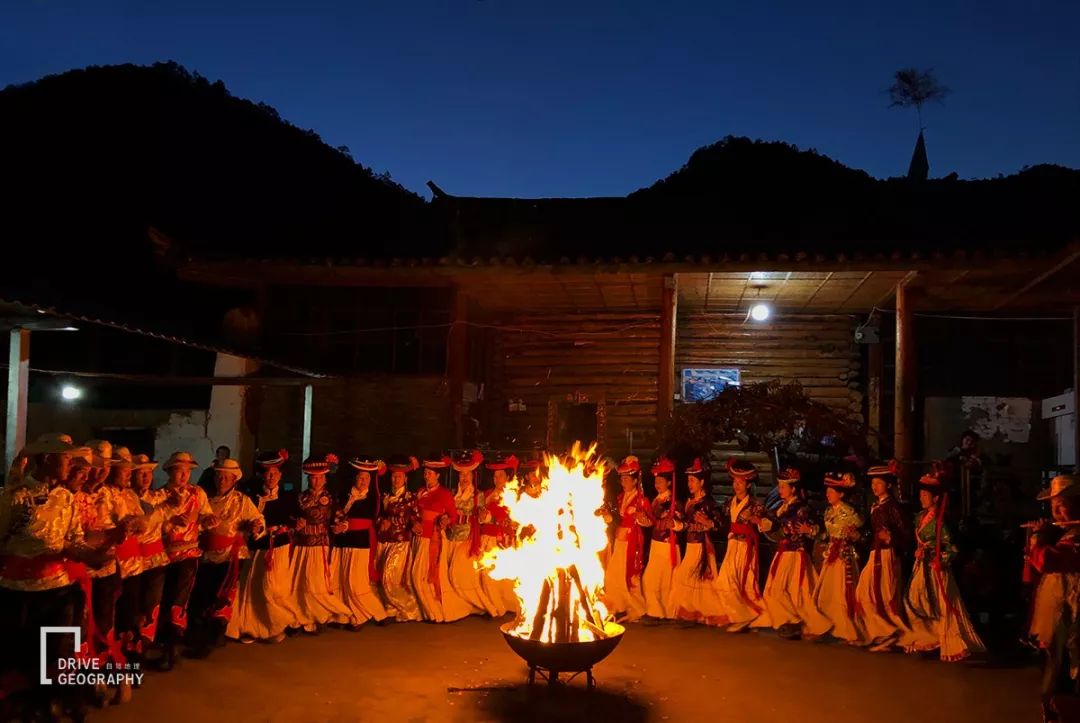
As the saying goes
to many people
The Tibetan-Yi Corridor is a
mysterious, surreal appellation
someone here knows
Lugu Lake, Lijiang Old Town, Meili Snow Mountain
▼ Lugu Lake, pictured by photographer Jiangnan
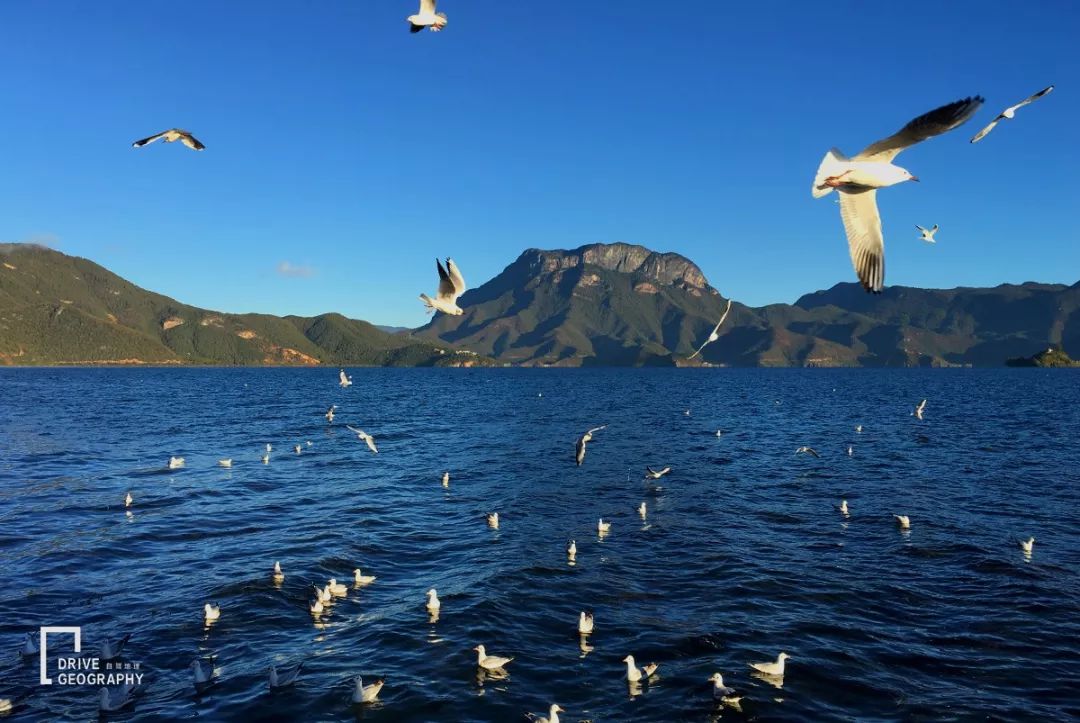
▼ The ancient city of Lijiang, pictured by member Xiaohuamiao
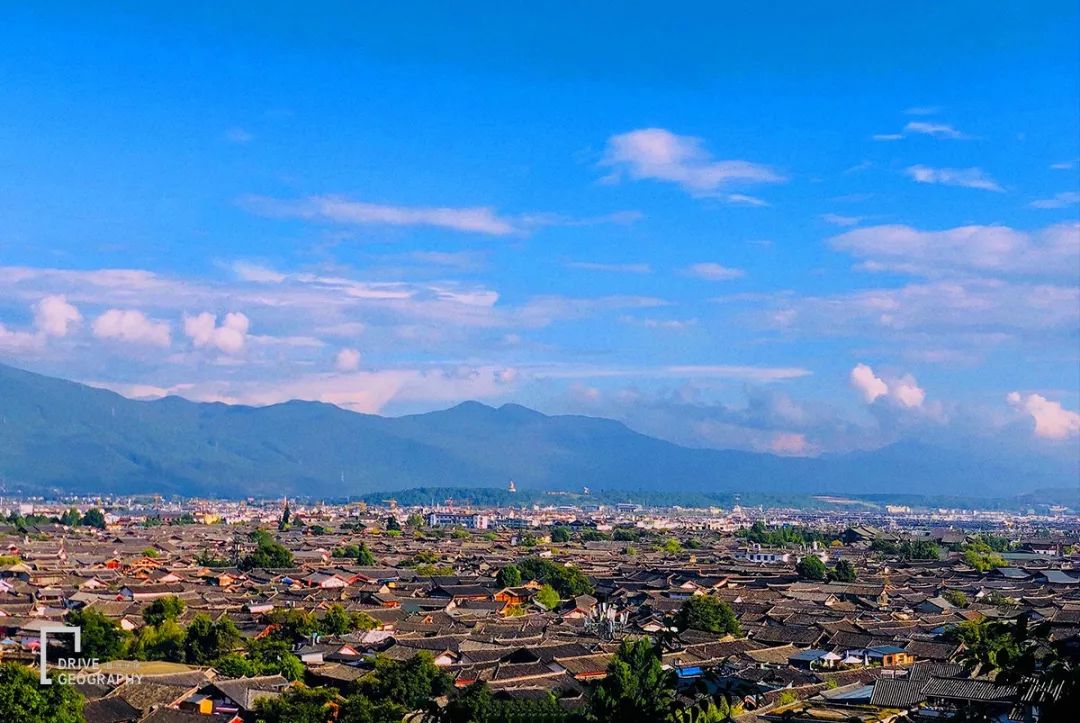
▼ Meili Snow Mountain, pictured by VIP member Tommy Suzhou
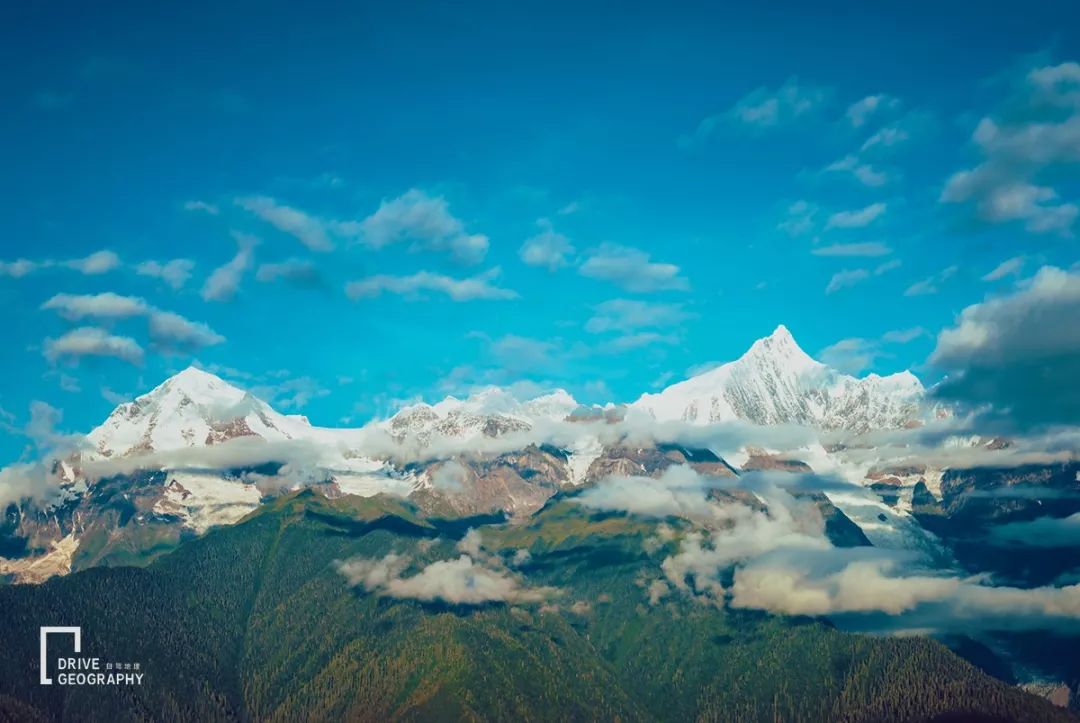
is also extremely rare
A zone where dozens of ethnic groups live and thrive
There are Dulong people who were forced to the mountains
▼ Grandma with facial tattoos of the Dulong ethnic group, pictured by photographer Bade

The Lhoba ethnic group with the smallest number
Zhaxi Jiangcun, a representative of the Lhoba National People’s Congress
▼
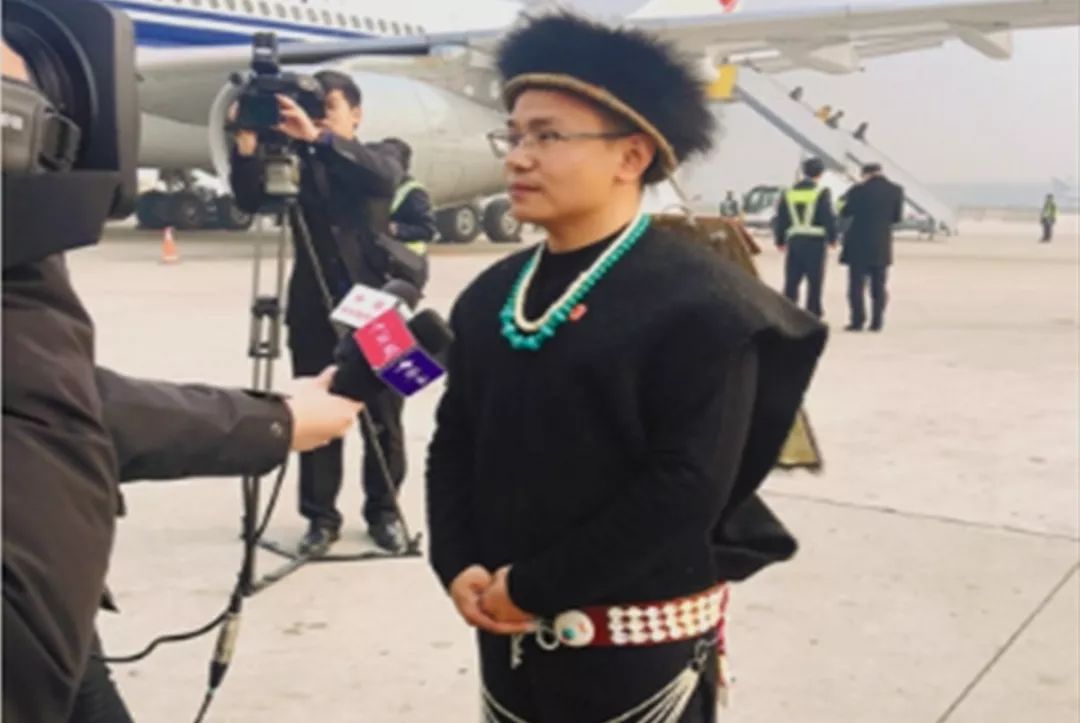
Some were forced to the riverside
For example, it originated from the ancient Di and Qiang tribes in my country.
Lisu
▼ Picture by Chen Haiwen
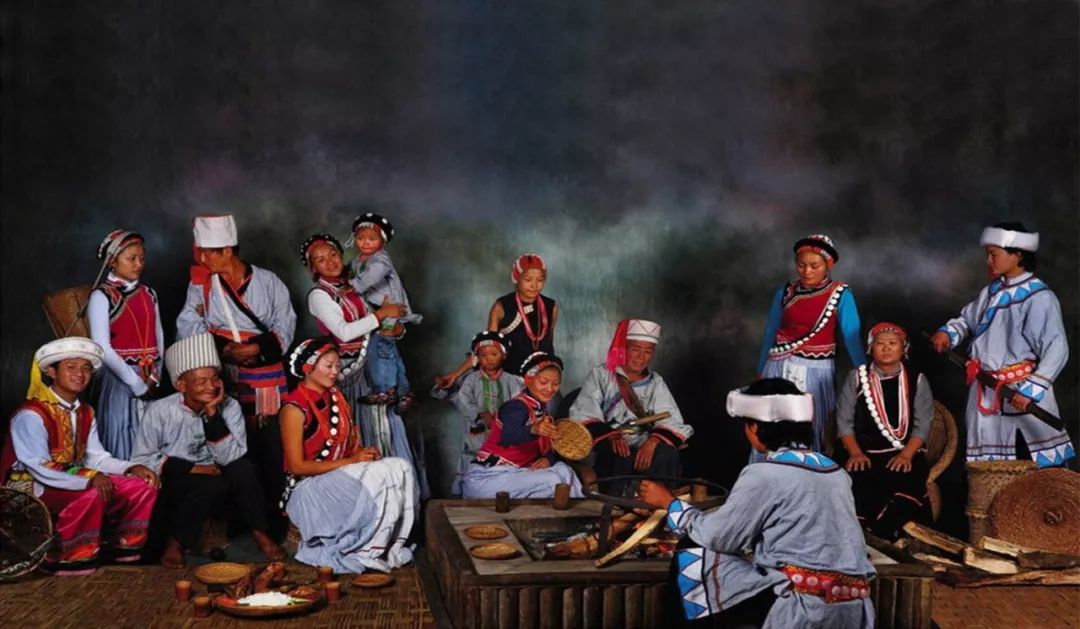
Late Yuan and early Ming Dynasty
Years of war
The Lisu people are unbearable to be enslaved and threatened by war
They packed up their packages and left
Lisu
▼
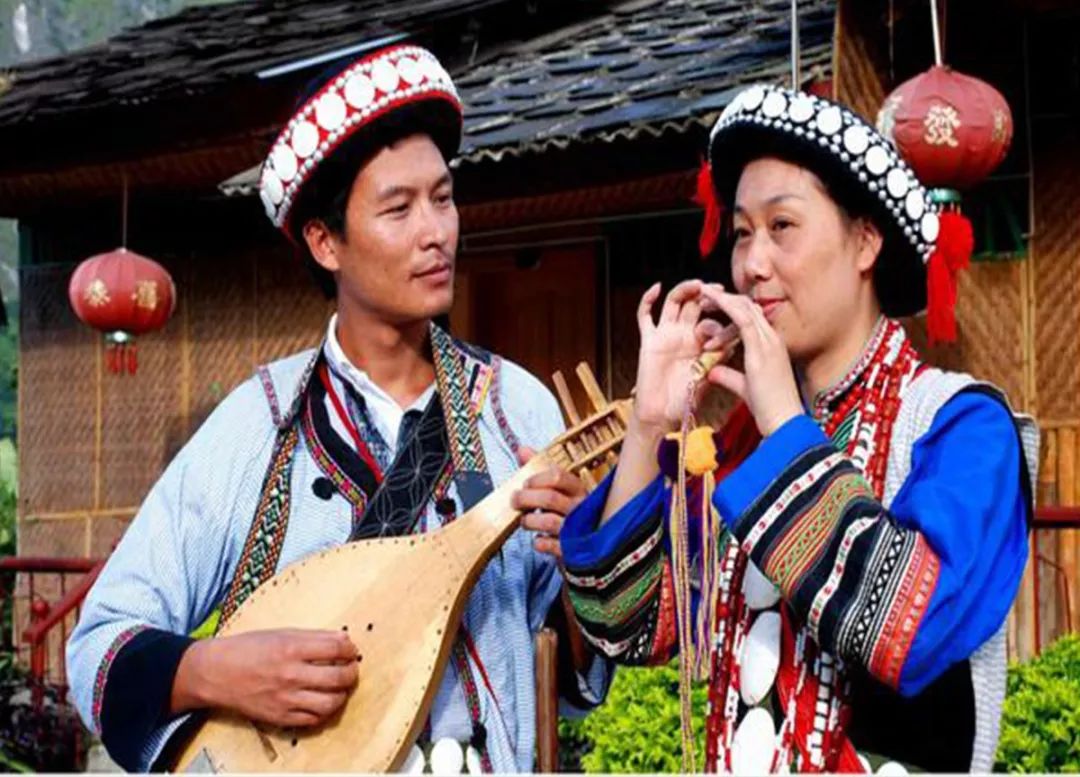
The first branch returned to Xichang, Muli and other places along the Yangtze River
The other part endured thousands of trials and tribulations
Crossing the Biluo Snow Mountain from the Lancang River
Enter the Nujiang River Basin, which is like a fairyland
become one of the major ethnic groups here
▼ Biluo Snow Mountain, pictured by Luo Zhonghua
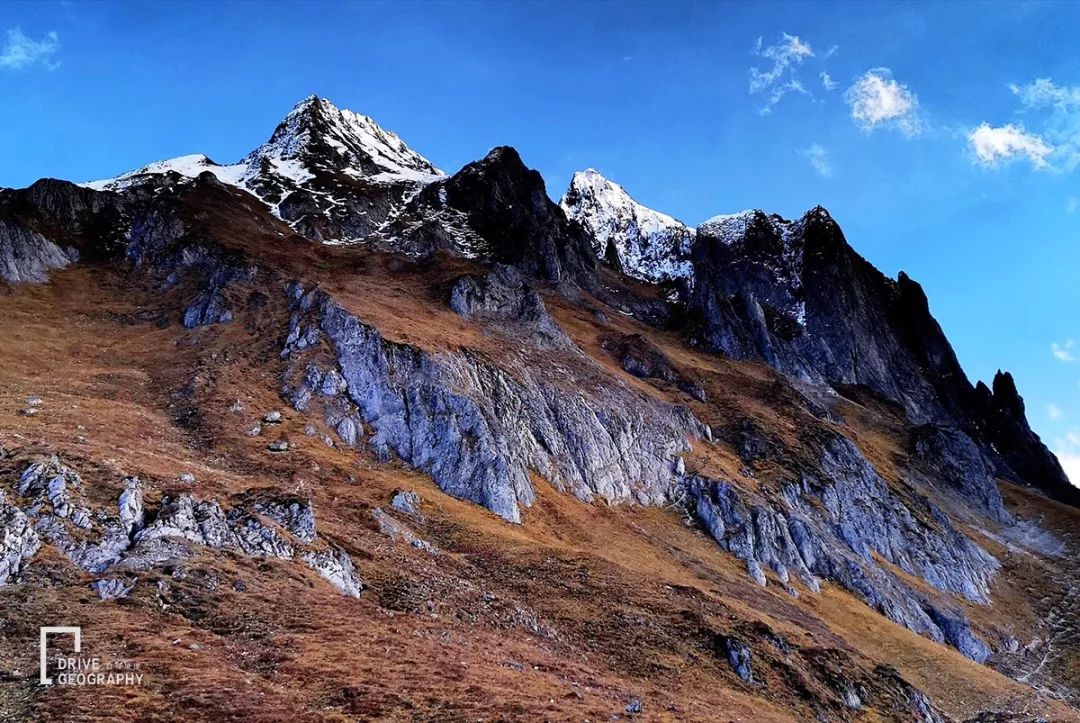
The Yi people are a magical race
disappeared from history
There were distinctions between some ancient peoples
There are countless connections
▼ Yi Firepit, pictured by photographer He Yihong

Their origins vary
in different historical periods
formed, developed
Yi girls with yellow umbrellas at the Torch Festival
▼ Picture by photographer He Yihong

According to Yi literature and folklore
In the geographical distribution of the Yi people
They are all after the middle of the Tang Dynasty
gradually migrated to
Myanmar , Laos , Vietnam and other countries
This is also in the Yi
formed in the course of historical evolution
▼ The horse racing and cockfighting of the Yi nationality, pictured by photographer He Yihong
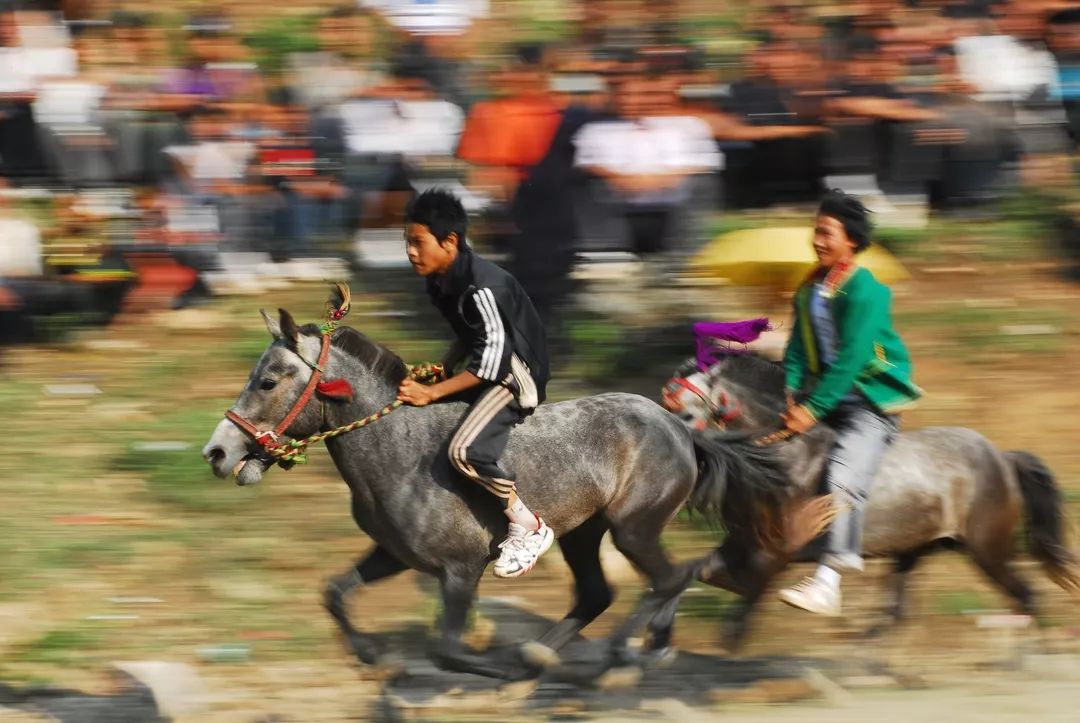

Regional and dialect differences
In addition, there are many branches
Yi people have
” Yi “, ” Hua Yao “, ” Nuosu ” etc.
many different aliases and pronouns
3
With the construction of the “Belt and Road”
as a minority
The Tibetan-Yi Corridor in the Historical and Cultural Deposition Zone
Derived from the “Tibetan, Qiang and Yi Cultural Industry Corridor”
The white line of the “Tibetan-Qiang-Yi Cultural Industry Corridor” is the scope of the corridor
▼ Picture by “Self-driving Geography”
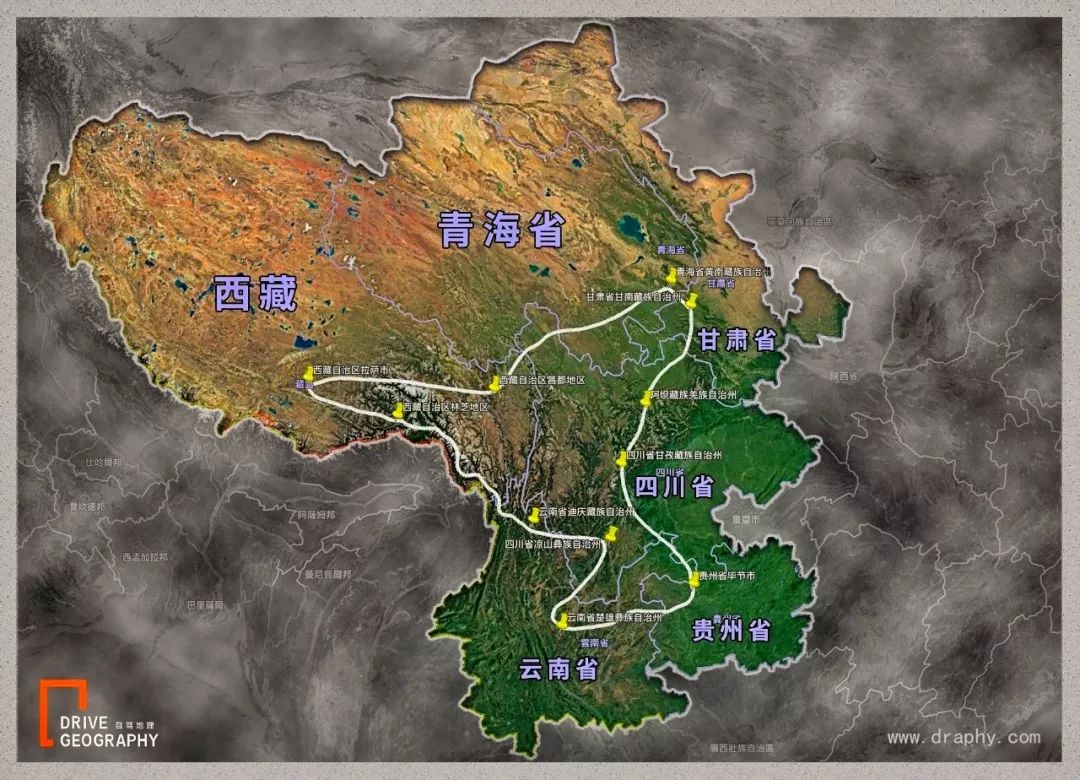
if you have the chance
You can try to approach the Tibetan-Yi Corridor
Experience the lives of multiple ethnic minorities
Catholic Thanksgiving, gathering various nationalities
▼
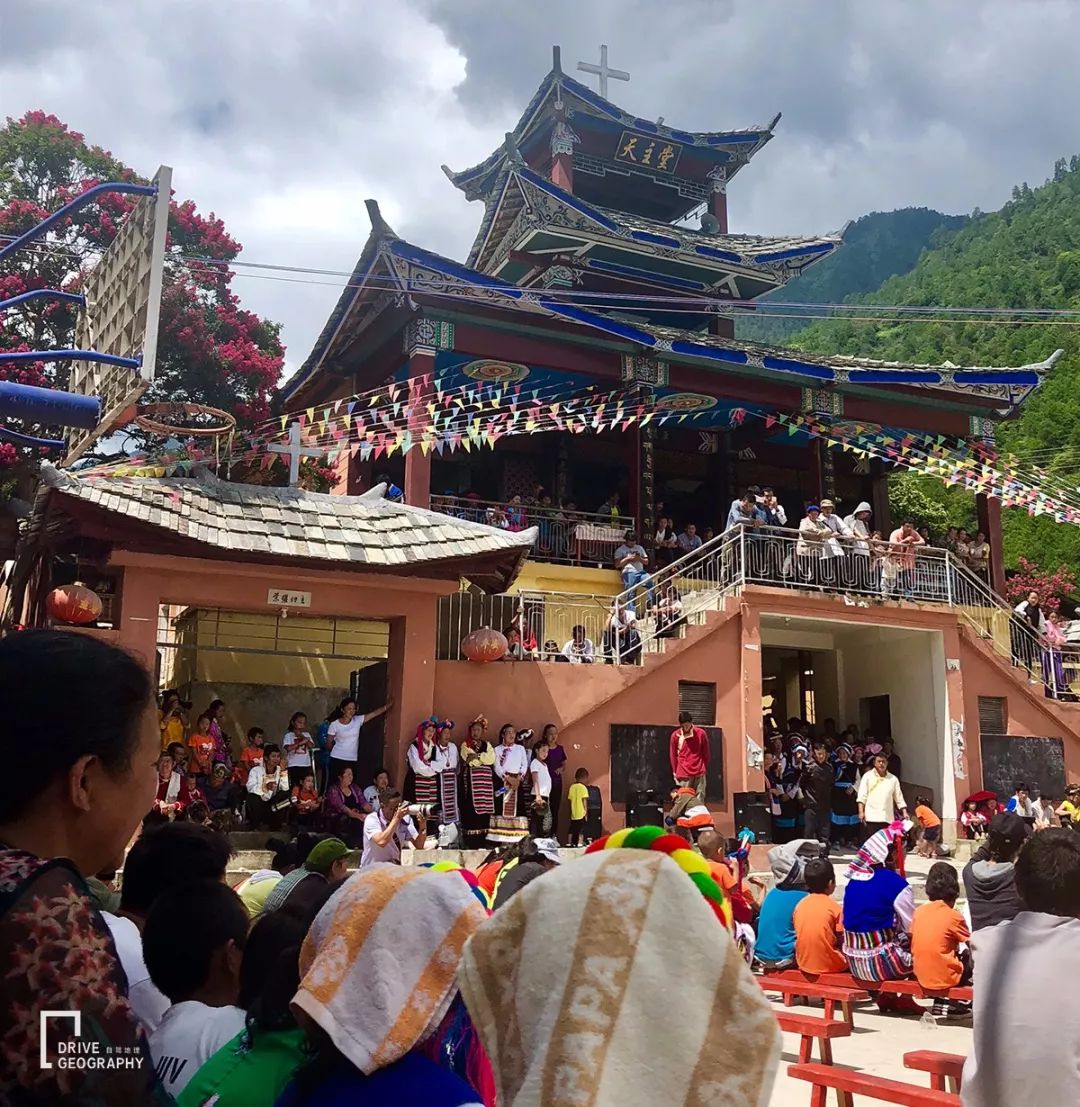
here from the name of the village
It can be easily deduced what kind of ethnic settlement this is
Generally speaking
The place called ” Luo ” is a place inhabited by Tibetans
” Barrel ” is the settlement of Nu and Lisu people
” Dang ” is Dulong
…
▼Autumn barrel, picture by Yehe Yunyan
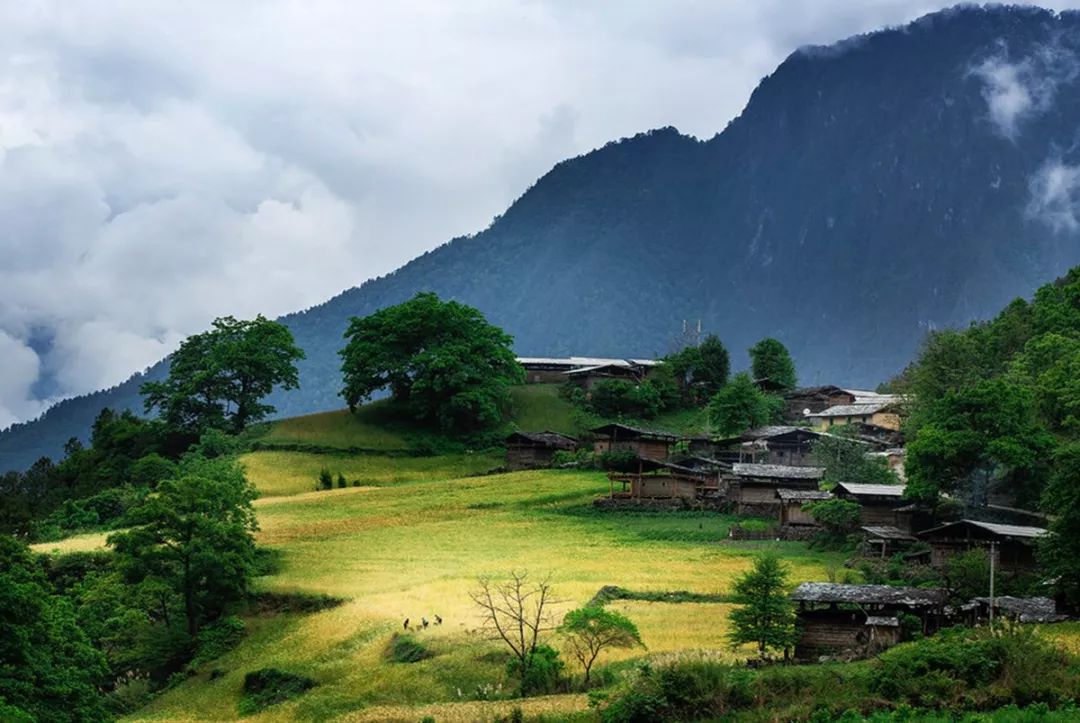
Dulong settlement: Lawaduo Village
▼Picture by Member Walker 007
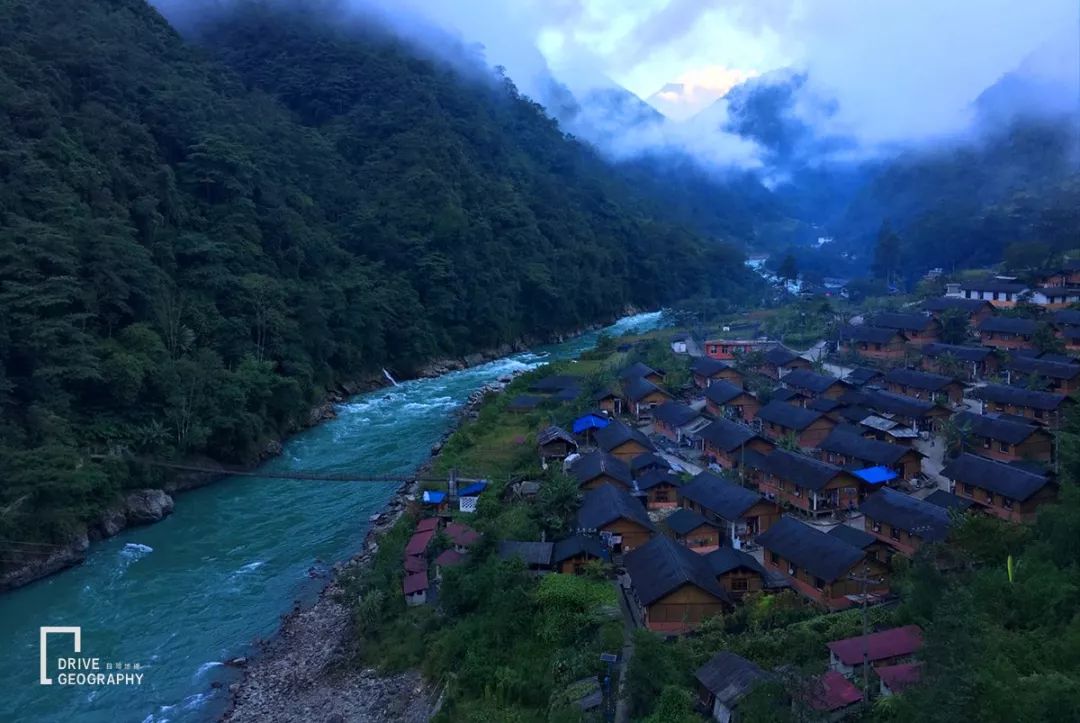
Wuli Village, which retains the architectural style of the Nu nationality
▼Picture by Beiping Zhao Lei

stroll in the village
The long-lost and pure rural atmosphere is coming
just realized that the people here
Not as isolated as I thought
· END ·






